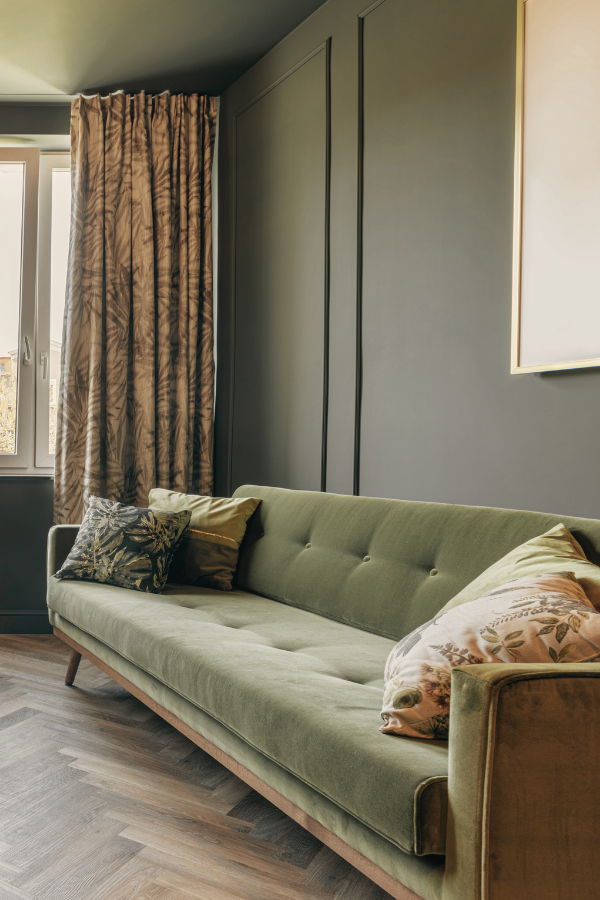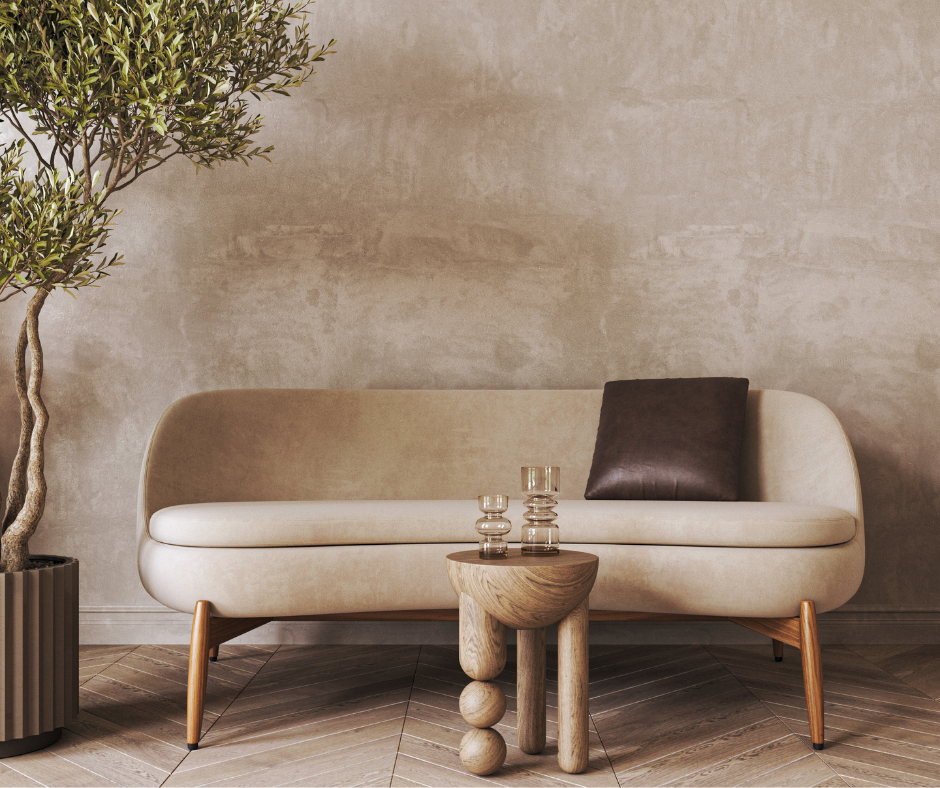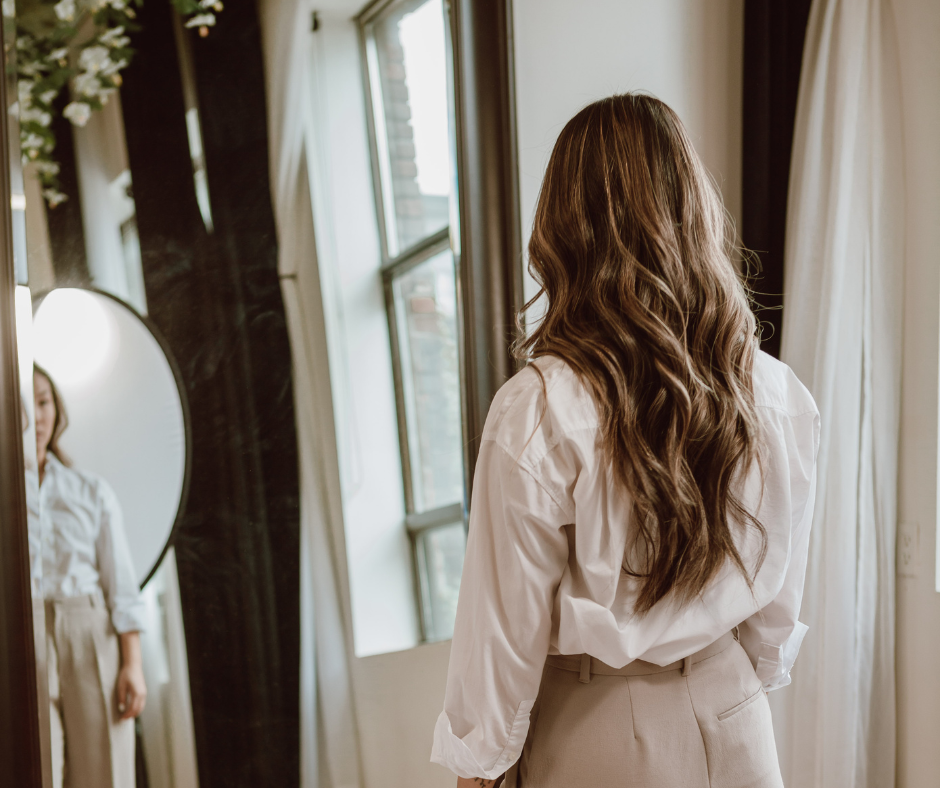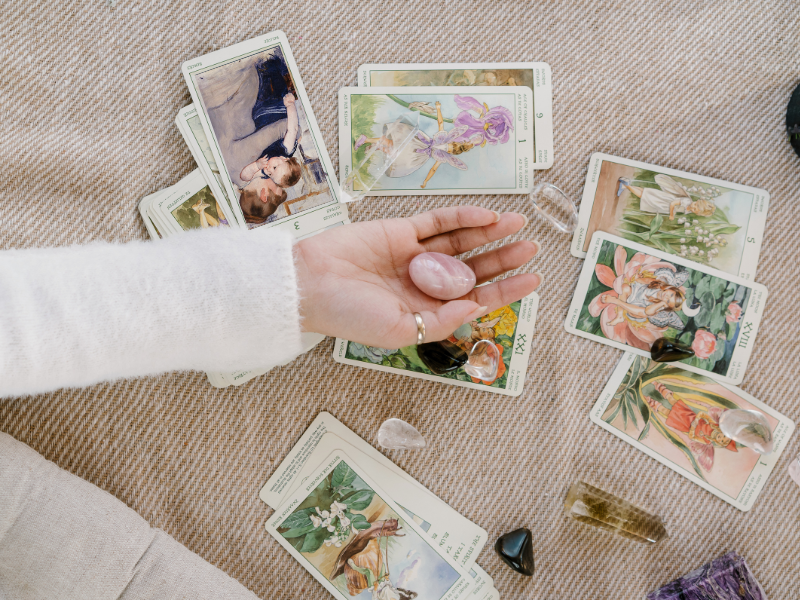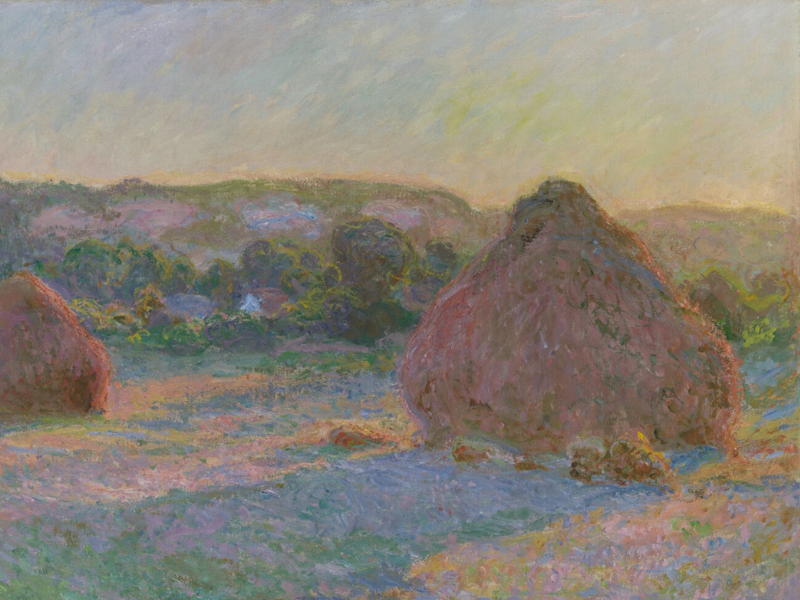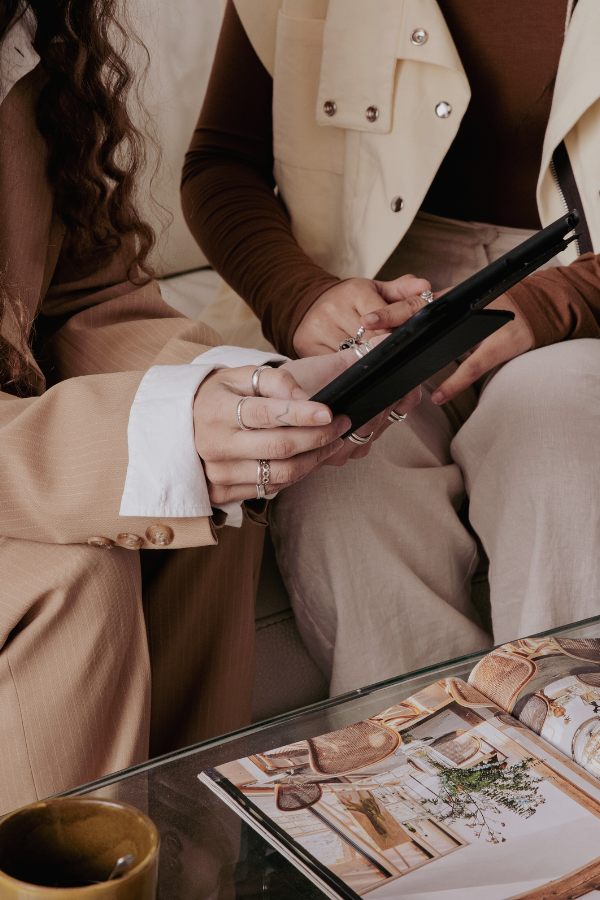
Here’s How to Handle Team Burnout During Busy Seasons for Your Design Firm
Summary
In fast-paced interior design studios, burnout doesn’t just impact individuals—it affects the whole firm. This article explores how firm owners can identify early signs of team fatigue, create space for creative recharge, foster flexibility, and build a studio culture that supports sustainable success. During peak seasons, leading with empathy and clarity is essential to protecting both your people and your work.
Reflection Questions
Have I created enough space in my team’s schedule for rest, reflection, or creative recharge during our busiest periods?
When was the last time I checked in with my team—not about progress, but about how they’re actually feeling?
Is the culture of my studio built to support sustainability—or are we silently normalizing overwork?
Journal Prompt
Think back to a particularly intense season in your studio—perhaps a flurry of installs, a major project launch, or a period where everything felt urgent. How did your team move through it? What worked well in keeping morale high, and where did you see signs of strain? If you could redesign that season now, what would you do differently to protect energy and preserve creativity?
Design firms are built on creativity, collaboration, and high-touch client service. However, during busy seasons—when multiple installs overlap, proposals pile up, and clients expect white-glove care—teams often begin to fray at the edges. Often, this erosion is not dramatic or immediate. It’s quiet and subtle; you’ll notice a gradual dimming of the energy that usually fuels your studio’s best work.
Burnout—especially in a boutique or mid-sized firm—doesn’t affect just one person. It affects the rhythm of the entire team and can even impact the client experience. The designer who’s normally excited about concept development starts turning in flat boards. The project manager misses small details. The studio coordinator becomes less responsive. Morale dips, collaboration suffers, and eventually, so does the work.
In creative service industries like interior design, burnout is both a wellness issue and a business issue. Fortunately, you can address this issue head-on with a combination of structure, empathy, and cultural leadership. Let’s explore how to keep your studio grounded, energized, and connected—even when the project pipeline is at full capacity.
How to Maintain Morale and Prevent Burnout in the High Season
Step 1: Start With Awareness: Spot the Signals Early
As a firm owner, you’re likely leading projects and stewarding a team. During high-pressure seasons or super busy years, that means tuning into more than timelines and budgets. Burnout often appears gradually, in subtle shifts: a designer who no longer contributes in creative reviews, a project manager whose details slip through the cracks, a once-responsive team member who starts withdrawing or deflecting.
It’s easy to dismiss these as isolated incidents, especially when things are moving fast. But in truth, they’re often early indicators of a system under strain. Rather than wait for burnout to become visible or damaging, create intentional space for reflection. Host a check-in that isn’t about deliverables, but about wellbeing. Ask what feels overwhelming, what’s working, and what needs to shift to make the work more sustainable. The simple act of asking—and listening without judgment—sends a powerful message. It tells your team members: “I see you. You matter. And we’re in this together.”
Step 2: Redefine What “Reasonable Workload” Looks Like
Interior design studios often celebrate being busy as a mark of success—and to an extent, it is. A full calendar means healthy demand, momentum, and opportunities to do meaningful work. But when the pace becomes relentless, and the team is over-committed for weeks or months at a time, that momentum can tip into exhaustion.
A sustainable workload isn’t just about how many hours someone is clocking. It’s about how much creative and emotional labor they’re expected to carry—and whether they have the time, space, and support to do that work well. As a leader, it’s important to regularly assess how project scopes are structured, how install dates are staggered, and how many concurrent deliverables are being managed by each role.
Join us for the focus & Flex challenge
Even simple shifts—like building more generous buffers into timelines, spacing out client presentations, or rotating who leads key phases—can make an enormous difference. Growth should feel purposeful, not punishing. If your systems depend on everyone overextending themselves, it’s not a growth strategy—it’s a liability.
Step 3: Build Flexibility Into the Fabric of Your Studio Culture
The design industry is deadline-driven by nature. There will always be client meetings, vendor delays, and last-minute changes to navigate. But a rigid approach to internal culture only amplifies the pressure—and limits your team’s ability to bring their best to the table.
While many firm owners fear it, flexibility isn’t always chaotic. It means creating enough room in the studio rhythm for people to work with their energy, not in spite of it. That might look like no-client-call Fridays, or setting aside quiet hours where the team can focus on creative development without interruptions. It might mean offering mental health days during peak periods, or simply encouraging team members to shift their hours slightly based on personal needs or family responsibilities.
In boutique firms especially, flexibility is less about formal policies and more about culture. When your team feels trusted, when they know they’re not being micromanaged or expected to grind nonstop to prove their commitment, they’re more likely to stay focused, engaged, and loyal. Flexibility is not a perk; it’s expected at this point.
Step 4: Protect Creative Recharge as a Non-Negotiable
Designers are not machines. They need time to refuel, get inspired, and reconnect with what they love about the work. But during especially busy periods, those opportunities for creative recharge often get pushed aside in favor of pure execution.
That tradeoff is understandable—but dangerous. If your team is constantly producing without any space for curiosity or experimentation, the work can start to feel flat. People lose sight of their own artistry, and the spark that drew them to design in the first place begins to fade.
Fuel your creative fire & be a part of a supportive community that values how you love to live.
subscribe to our newsletter
*please check your Spam folder for the latest DesignDash Magazine issue immediately after subscription

As a studio leader, make space for that spark. Prioritize inspiration hours. Create time for creative share-outs. Celebrate process, not just product. Give team members time to explore—whether that means visiting a local gallery, diving into a new material library, or simply stepping outside the workflow to reflect. Protecting creative energy is great for morale and it’s essential to the quality of your firm’s output.
Step 5: Celebrate What’s Working—Not Just What’s Done
Many (if not most) of our projects span months or even years. It’s easy to move from one milestone to the next without pausing to recognize just how much thought, effort, and coordination your team has put in along the way.
However, skipping celebration leads to disconnection. It makes the work feel transactional—like a series of tasks to check off instead of a shared creative journey. Take the time to honor progress. Point out the moments of innovation that others may have missed. Thank someone for navigating a difficult client conversation with grace. Acknowledge the extra care someone took when preparing a presentation, even if the client never saw it.
These small moments of recognition have an outsized impact. They keep people invested. They reinforce your firm’s values. And they remind the team that excellence isn’t centered solely around the final project reveal—it’s about the resilience, resourcefulness, and heart that got them there. Celebration is something that the leadership at Laura U Design Collective prioritizes; we host Champagne Fridays to celebrate wins and talk through successes during the week.
Step 6: Remember, Burnout Prevention Is Culture Work
Though they can certainly help, preventing burnout isn’t really about adding a wellness perk or hosting a team offsite. It’s about designing a culture that values sustainability as much as creativity. A culture that understands people do their best work when they’re supported, not stretched thin.
During busy seasons, it can feel counterintuitive to slow down, ask how people are really doing, or press pause to celebrate a win. But those are the very moments when those actions matter most. They reinforce trust. They build loyalty. And they allow your studio to grow not just in size, but in depth and character.
Protect your people. Prioritize their energy. And remember: the goal isn’t just to get through the season—it’s to do so without losing the team that helped build your firm in the first place.
Join the DesignDash Community for More Support
And if you’re navigating this in real-time, you’re not alone. Join the DesignDash community to get advice from other interior design leaders who are also building thoughtful, resilient studios. You’ll get grounded insight, peer support, and inspiration for leading your team through every season—busy or not.
If you’re ready to lead your team through this season with more clarity, care, and creativity, we’ve created something to help. Use our Studio Wellness & Burnout Check-In Guide. This is an actionable resource for firm owners who want to open up meaningful dialogue, spot early signs of burnout, and course-correct before things spiral. Sign up for the Community, mention this article, and we’ll email that resource to you directly.




